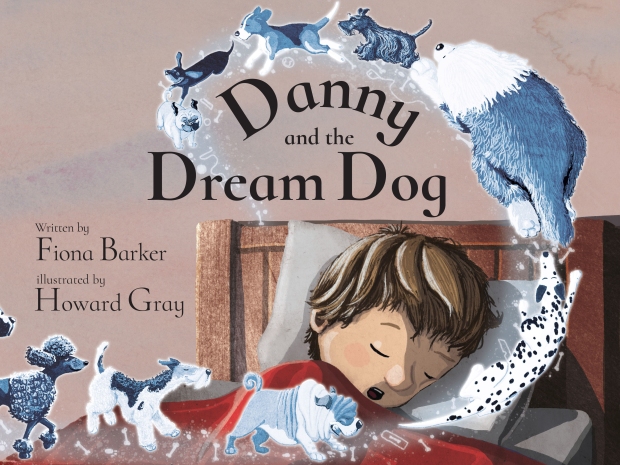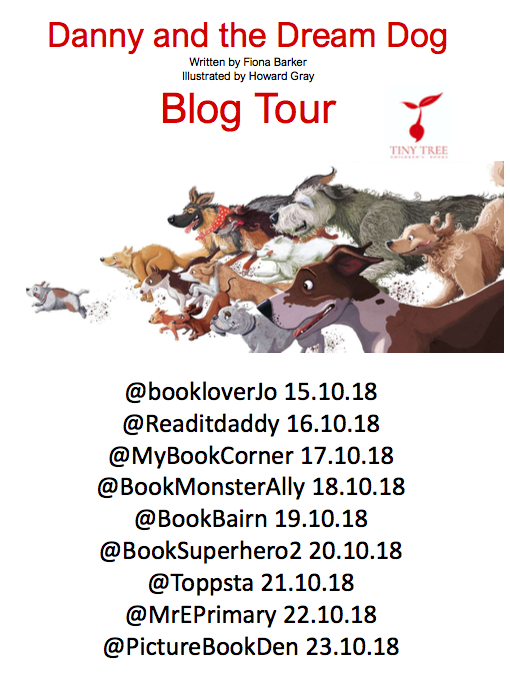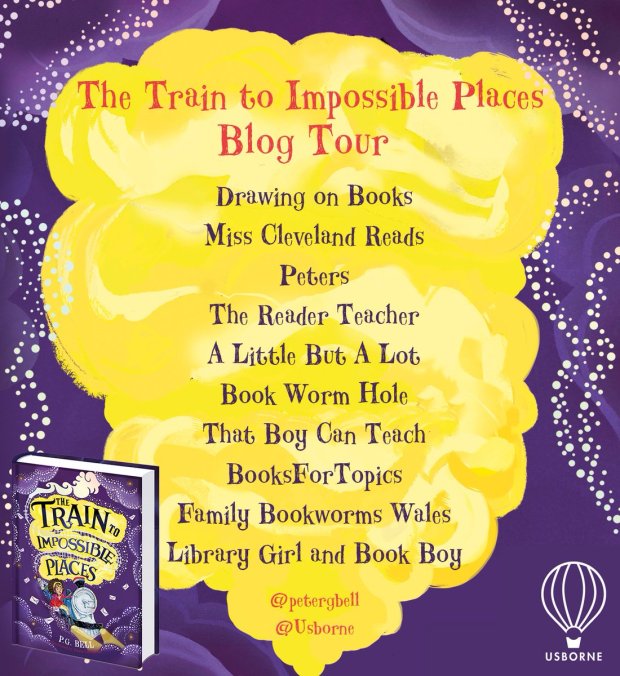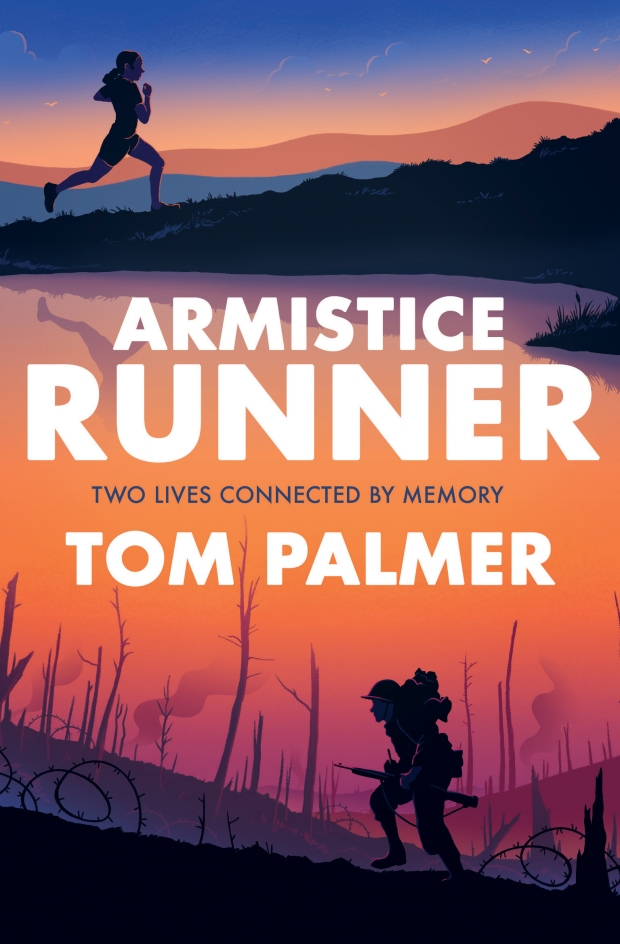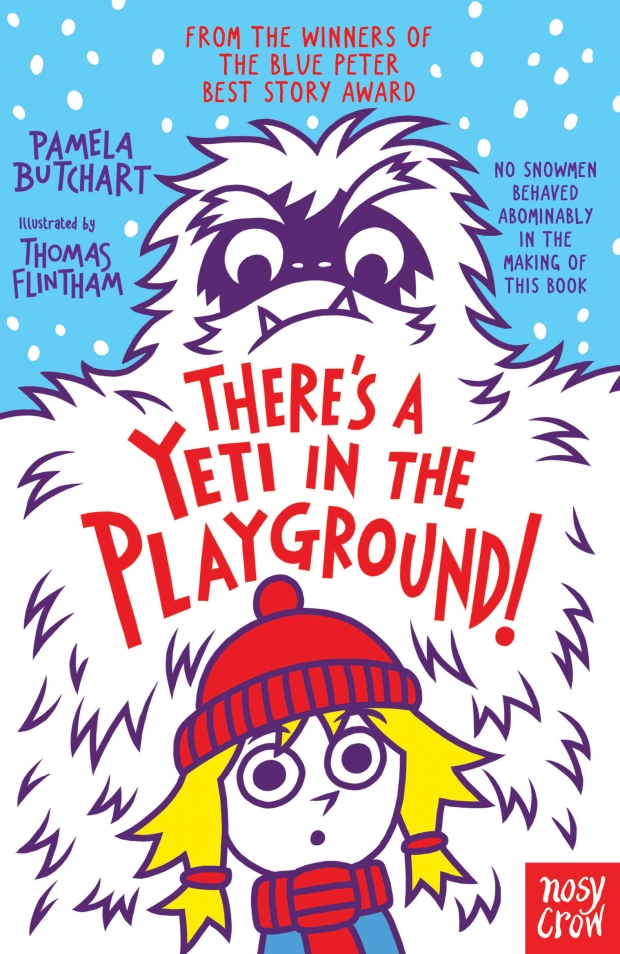
‘Absolutely whizz-carking… the kind of charming story that has the perfect mix of playfulness and peculiarity and will have you begging for its next!’
Rating: ⭐ ⭐ ⭐ ⭐ ⭐
Title: Picklewitch and Jack
Author: Claire Barker (@clairebarker)
Illustrator: Teemu Juhani
Publisher: Faber (@FaberChildrens)
Page count: 240
Date of publication: 6th September 2018
Series status: First in the series
ISBN: 978-0571335183
Perfect for Year 3 and Year 4.
#3Words3Emojis:
1. Witch 🧙
2. Whizz-cracking 😄
3. Friendship 👫
Picklewitch lives in a tree at the bottom of the garden. She has a nose for naughtiness, a mind for mischief and a weakness for cake. And unluckily for brainbox and all-round-good-two-shoes Jack (who’s just moved in) – she’s about to choose him as her new best friend…
Jack is in for a whole lot of trouble!
I’m delighted to welcome Claire Barker, author of the fantastic Knitbone Pepper series and more recently, the Picklewitch series, to The Reader Teacher!
Claire is busy writing the next book in the Picklewitch and Jack series, due out next year. She has handed this blog over to her main characters, Jack and Picklewitch to talk about how the book might be used in the classroom. Enjoy!
Jack Door
Winner of most sensible boy three years running and massive fan of everything school and rule-related.
Dear teachers, I hear some of you are reading our story in class, which is very exciting. A longer chapter book full of illustrations, I am told it is ideal for year 3. I hope you like my suggestions.*
- Our story is about playground life, about celebrating difference, being open-minded and challenging gender stereotypes. Most of all though, it is about friendship. Personally, I believe in looking smart, sticking to the rules and being extraordinarily clever. One day I will probably be a Nobel prize winning scientist or possibly an astronaut. However it turns out that being a good friend is also important, but unlike quadratic equations, tricky. I searched for a non-fiction book on this subject in the library, but had no luck. Hopefully this book will help any other children who are forced to be friends with a rude, grubby little witch.
- Language and Literacy. Personally I am a big believer in using only standard English. However, you could also use the book to look at Picklewitch’s ‘interesting’ vocabulary, her dialect and sentence structure. You could also look at character development, the tension between opposites, how dialogue and humour is used and the ups and downs of a story arc. Perhaps write some pretend spells and read them aloud! You could even get in touch with Claire Barker on her website (clairebarkerauthor.com) and she will skype your class about inspiration, drafting and editing. There are even some downloadable worksheets on there too.
* Was in pie chart format but Picklewitch ate it.
PICKLEWITCH
Lives in a tree. Never wrong. Best Friend Ever.
My story is the kipper’s knickers and you should use it becuz:
1) READING IS FUN. My book is lovely and long, with lots of pictures of me (and a few of Jack) inside.
2) it teaches children about Nature WHICH IS MOST IMPORTANT OF ALL THE THINGS. Even owls know this and 50% of everything they say is ‘TWIT’.
3) Science: not nearly enough children know that the weather is caused by a bear wot does live on the moon. It is madness.
4) Maths: how many burds fit into a bin lid? Answer in back of book.
5) Literacy: not difficultatious (that’s a word I invented. I am very good with words).
6) This book will mean more laughing.
7 ) This book will mean more cake.
8) This book will mean more magic.
9) There is no 9.
10) Some pies taste better than others.


